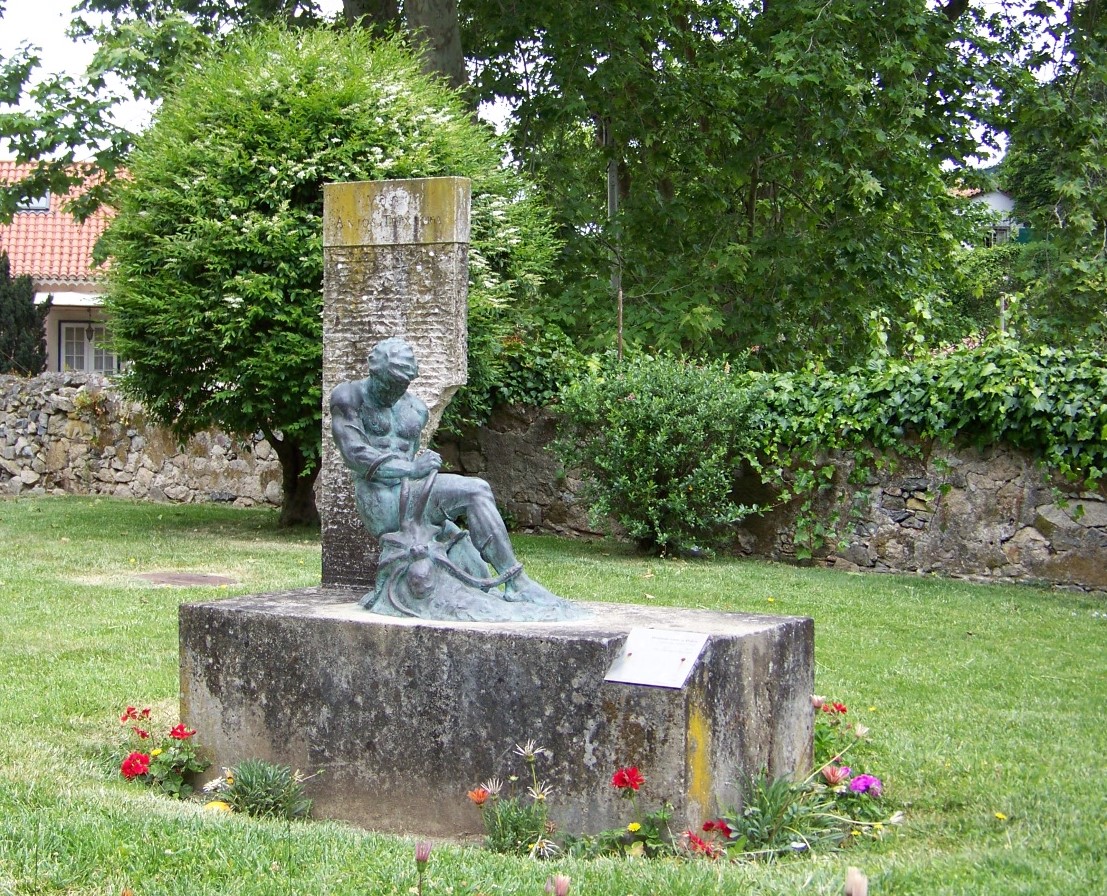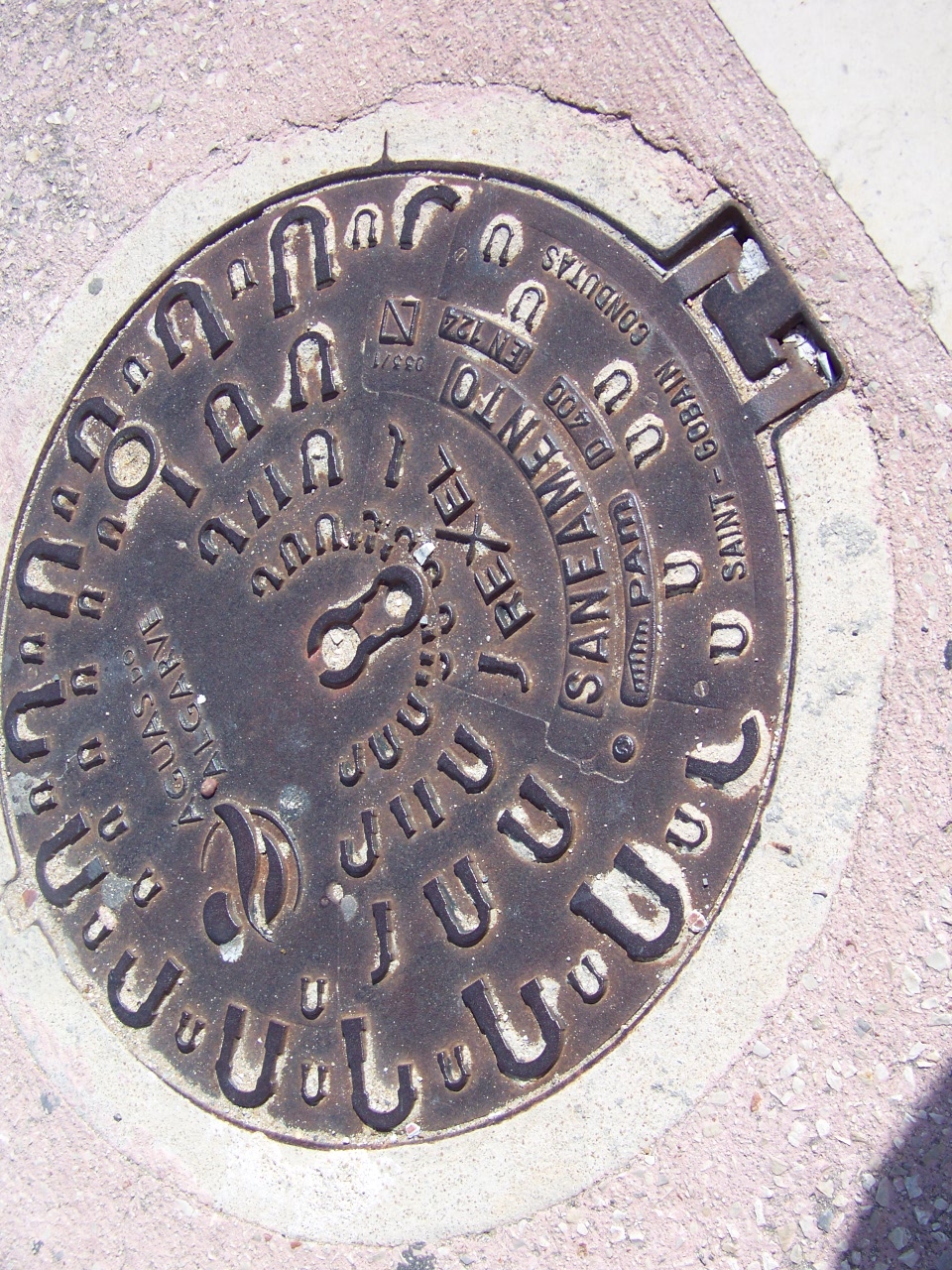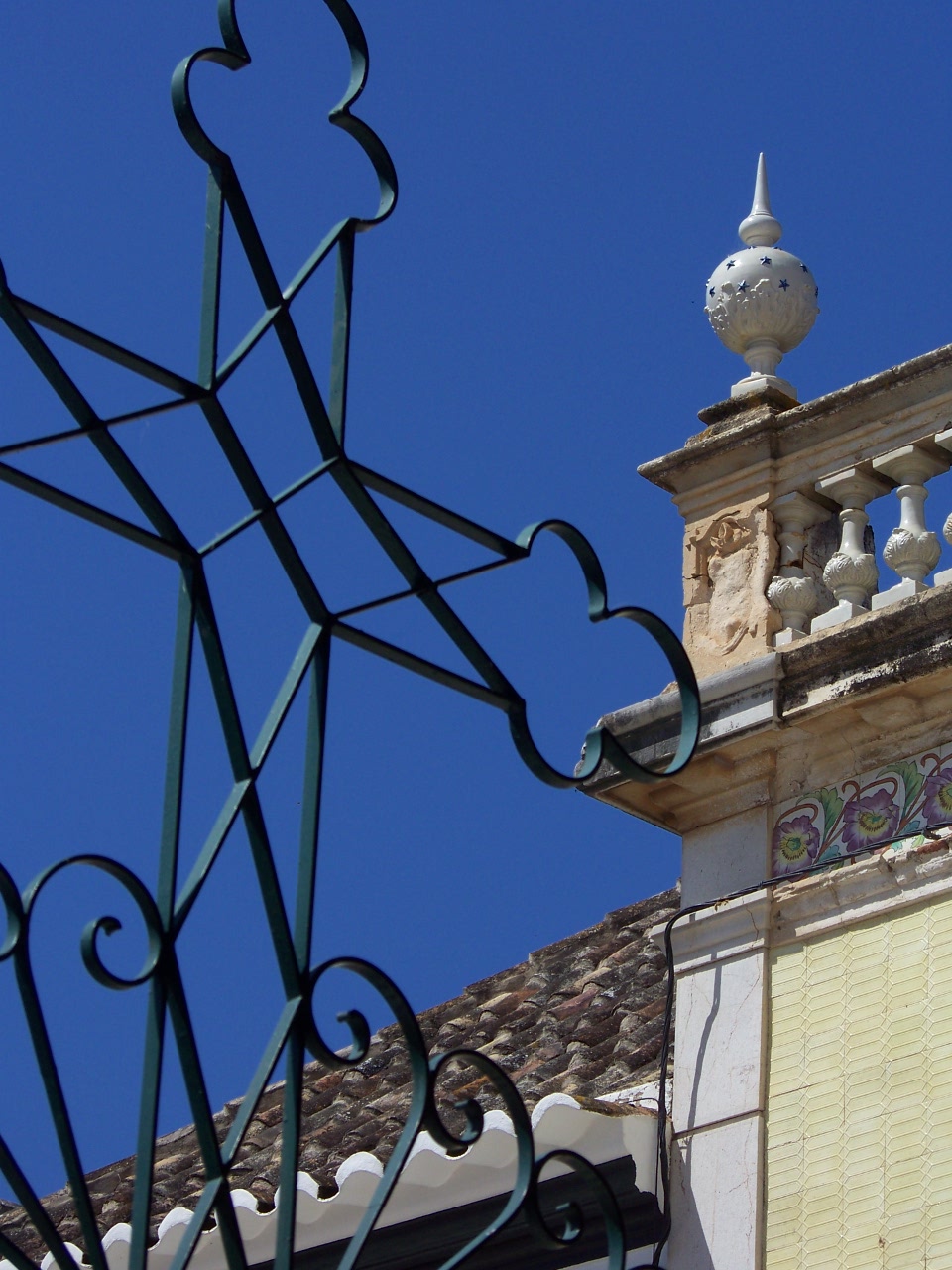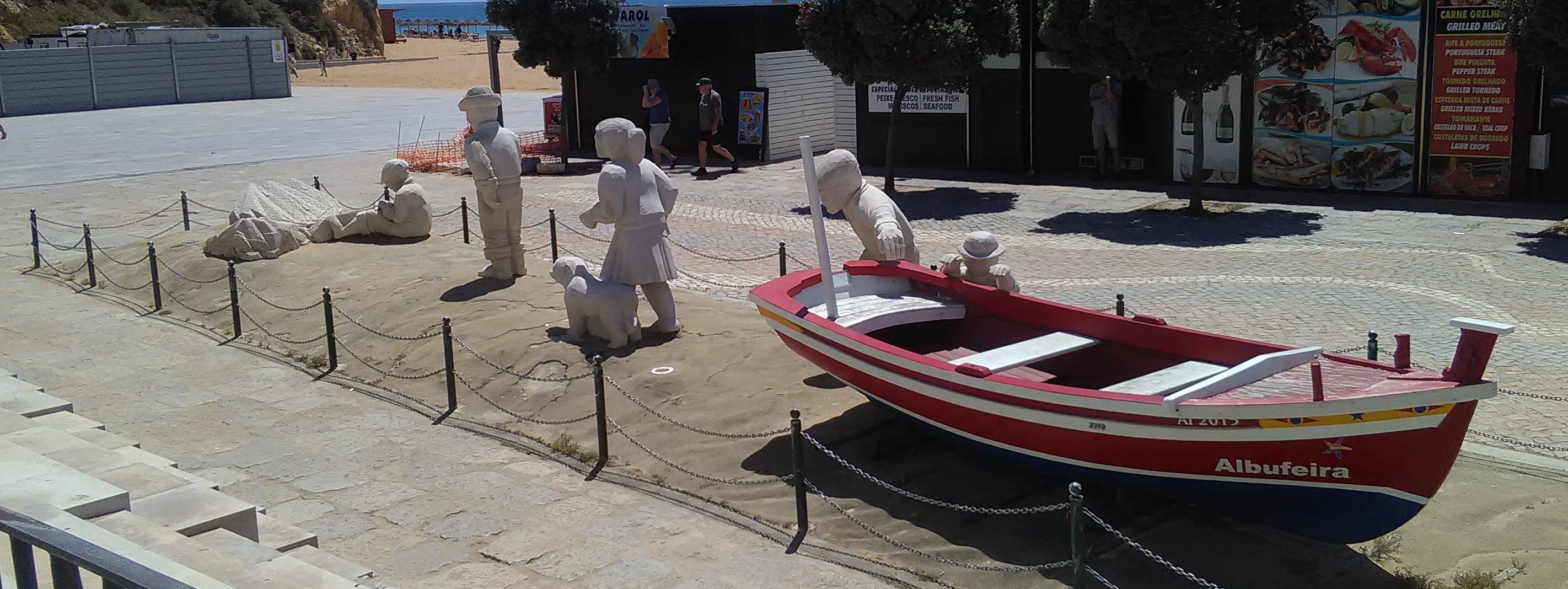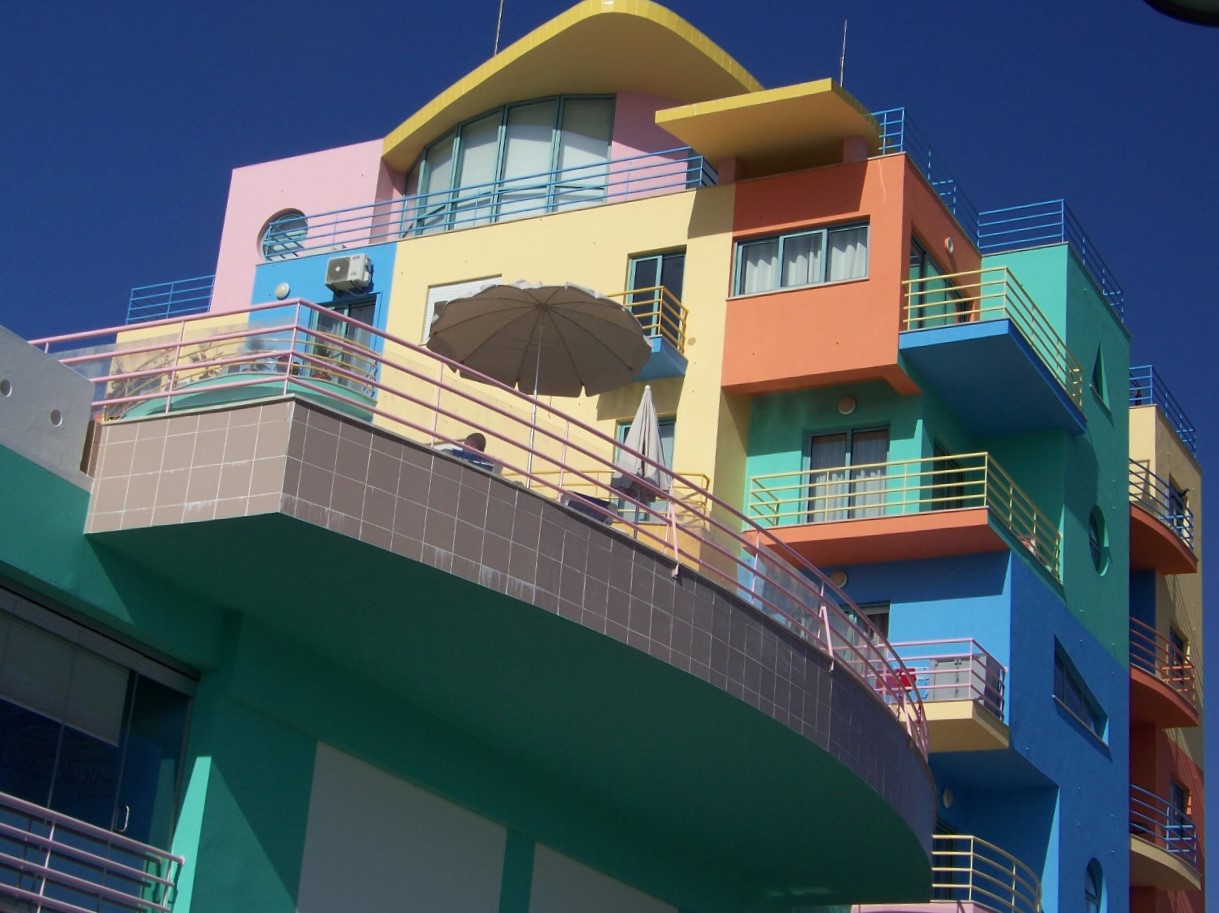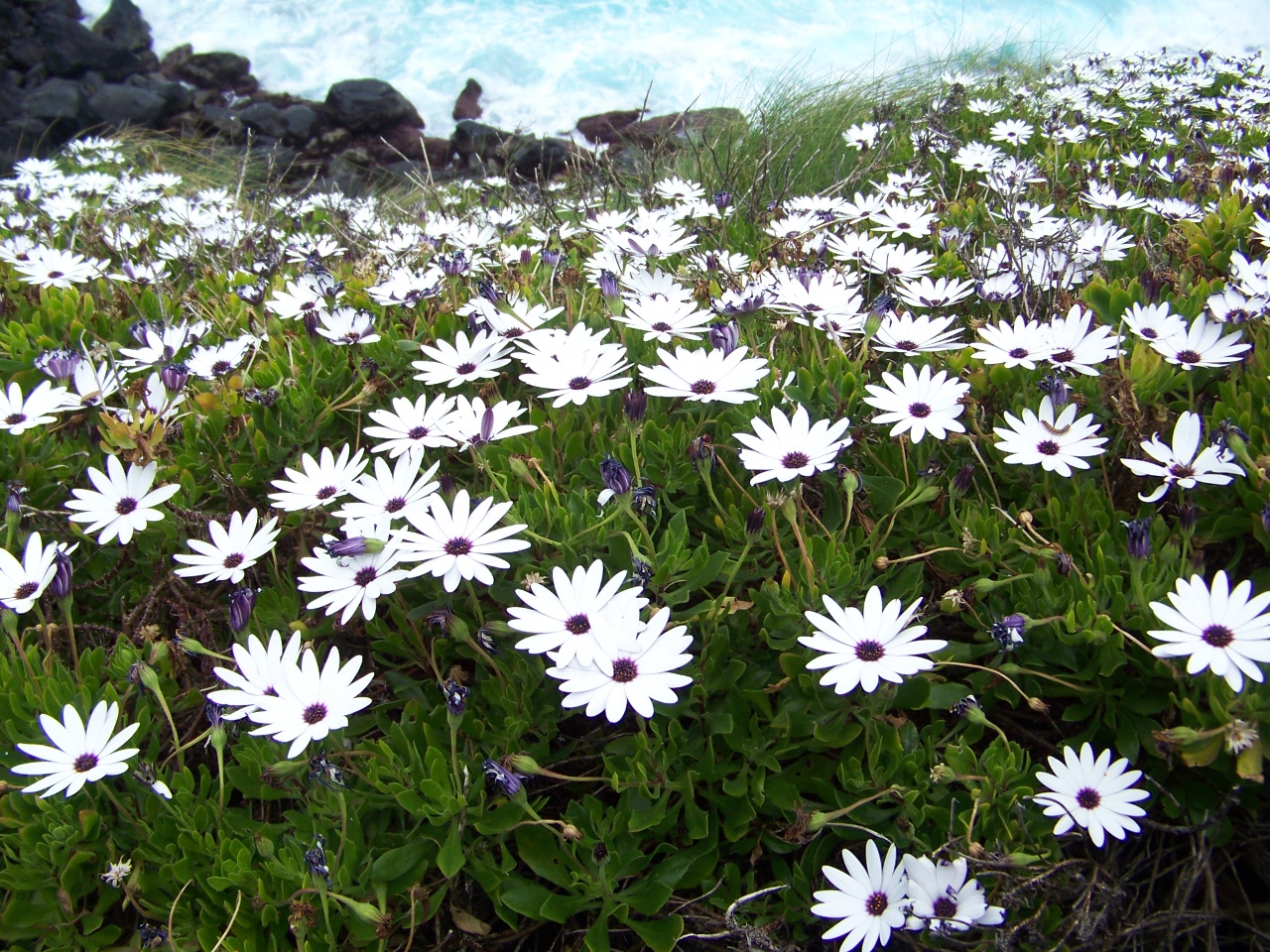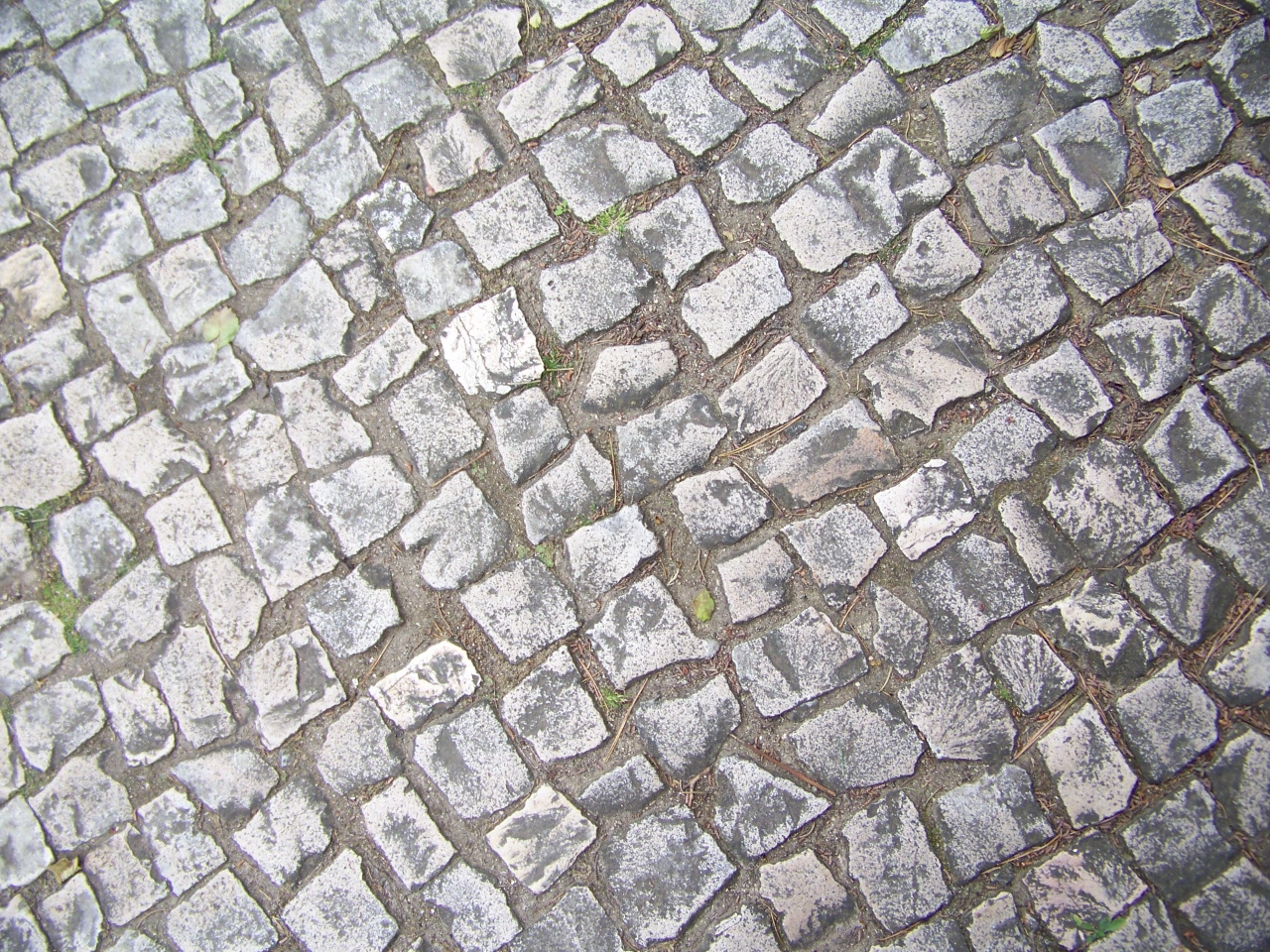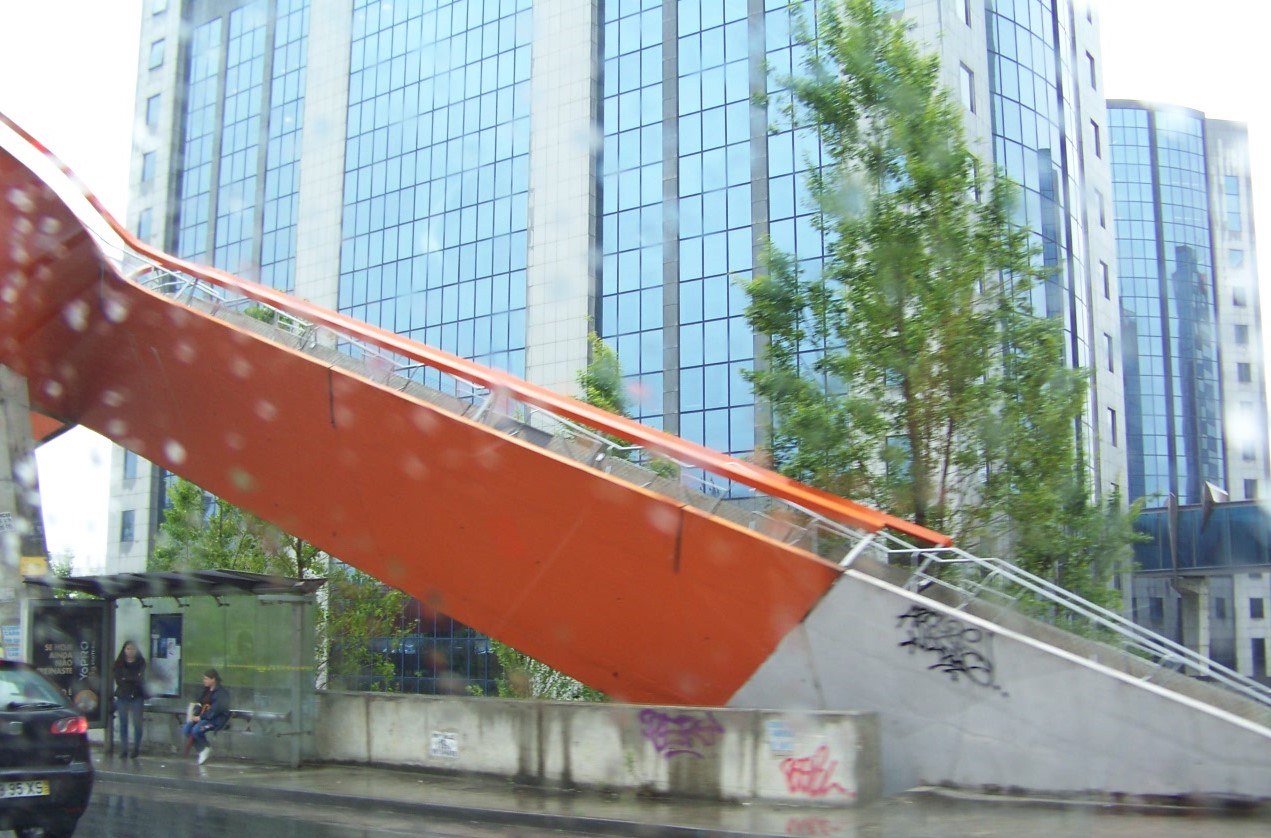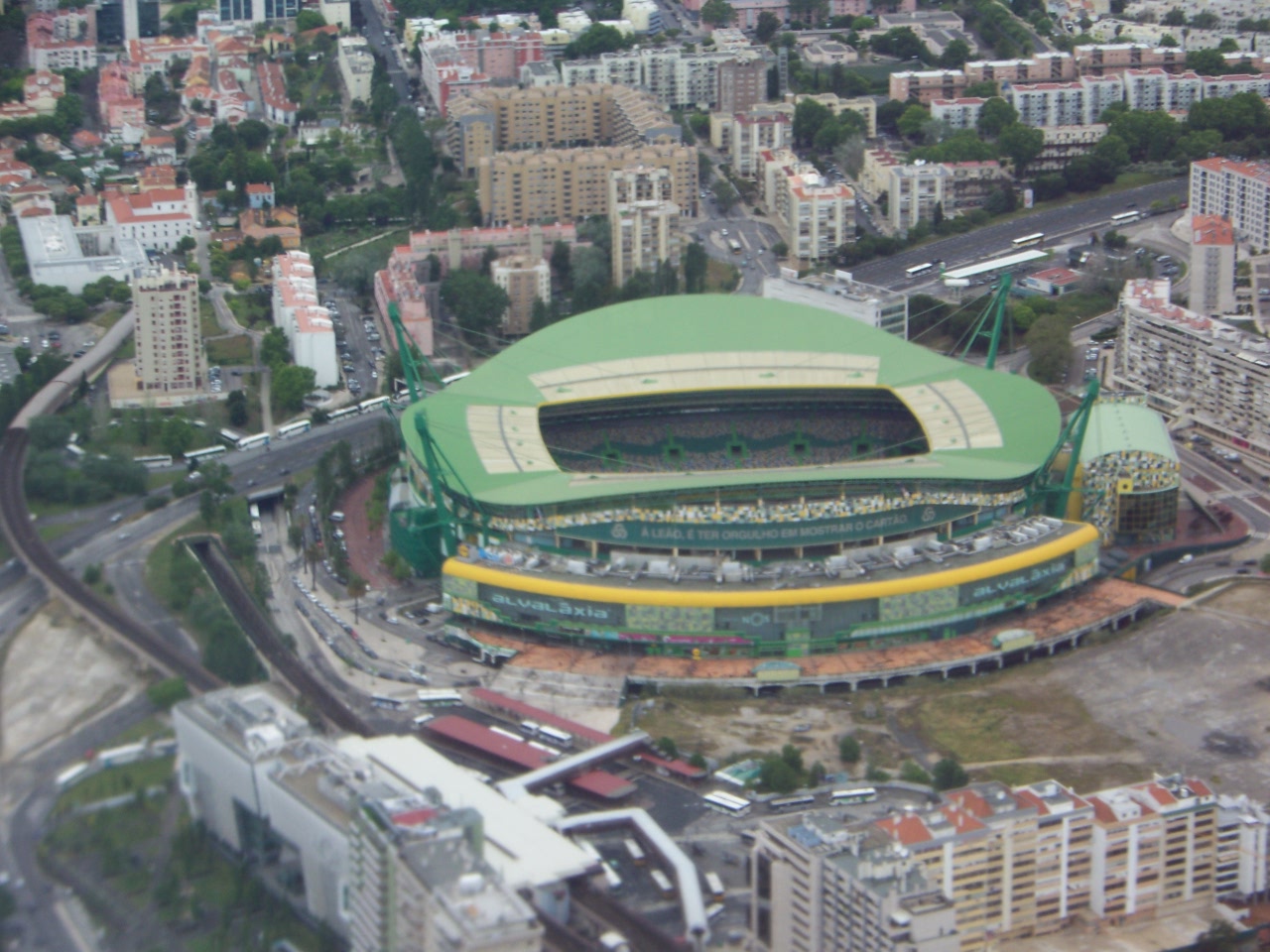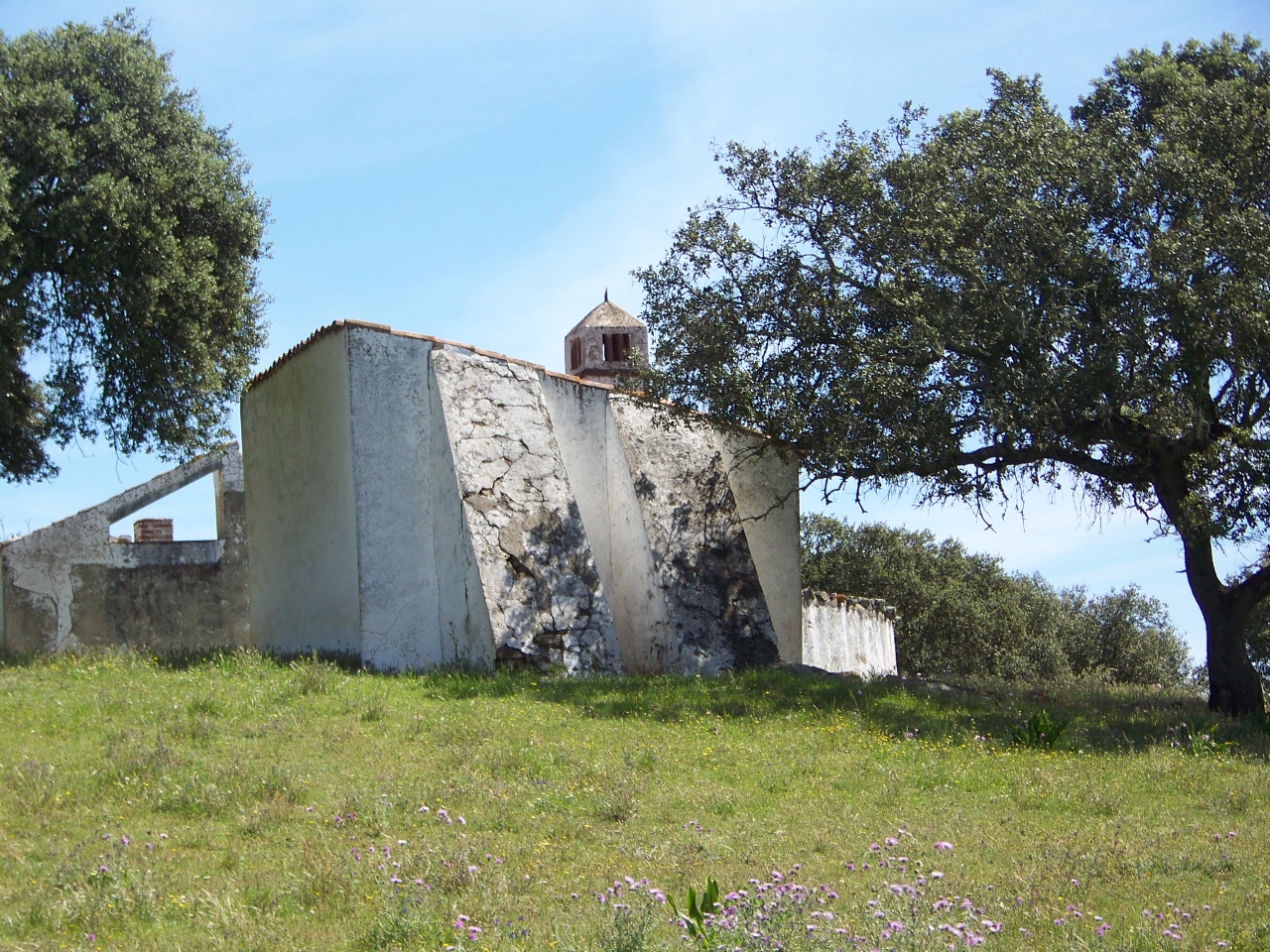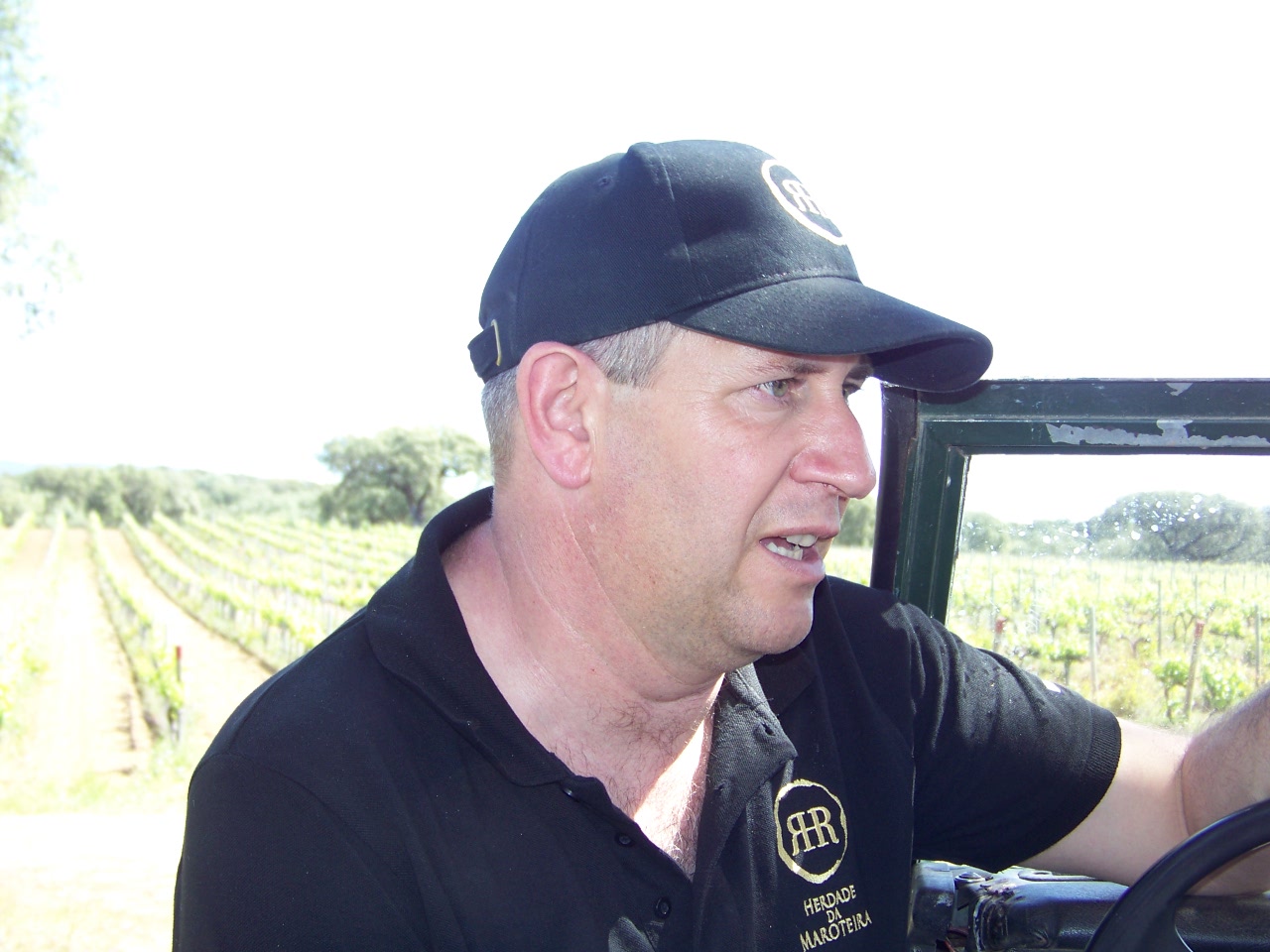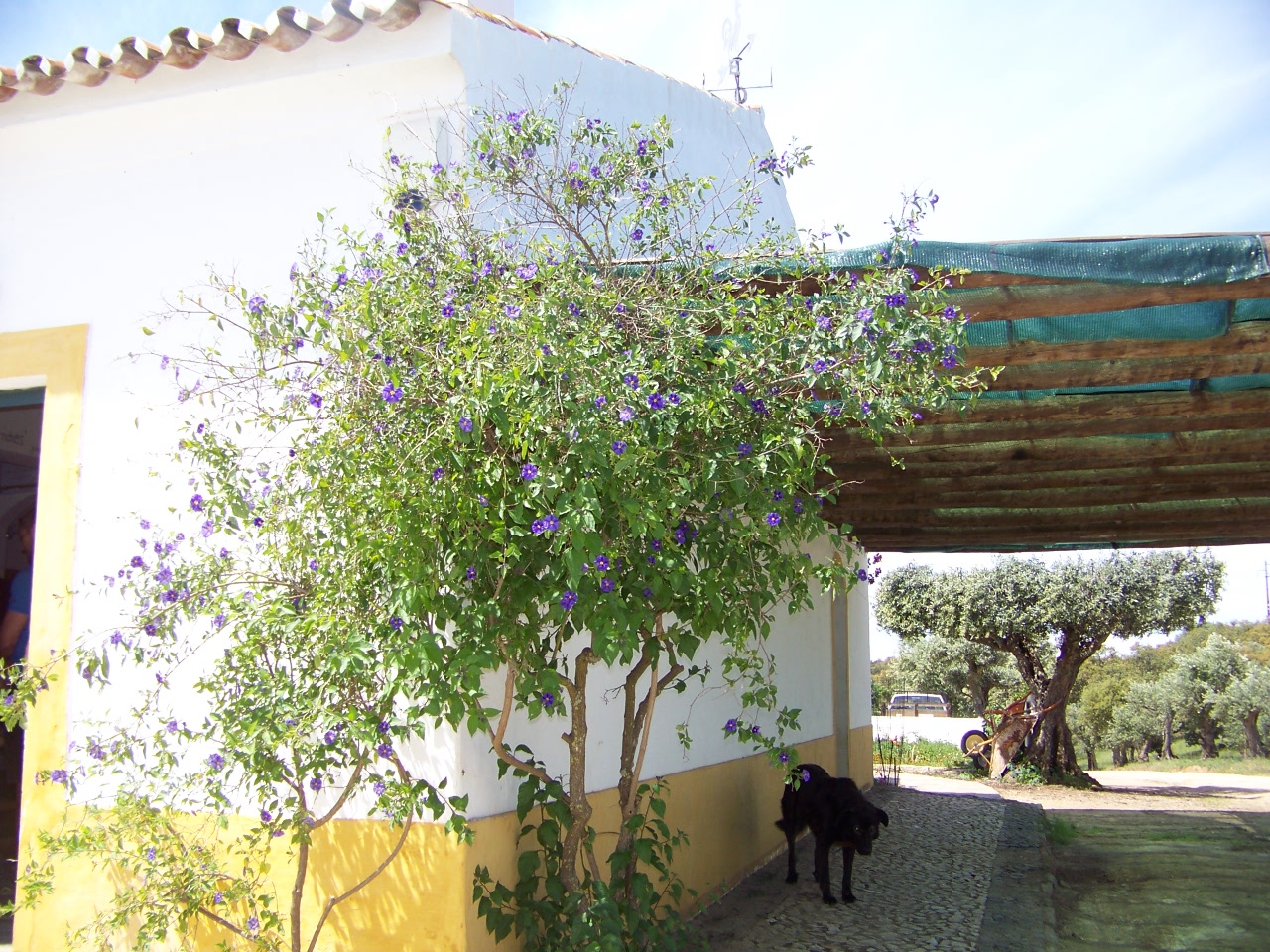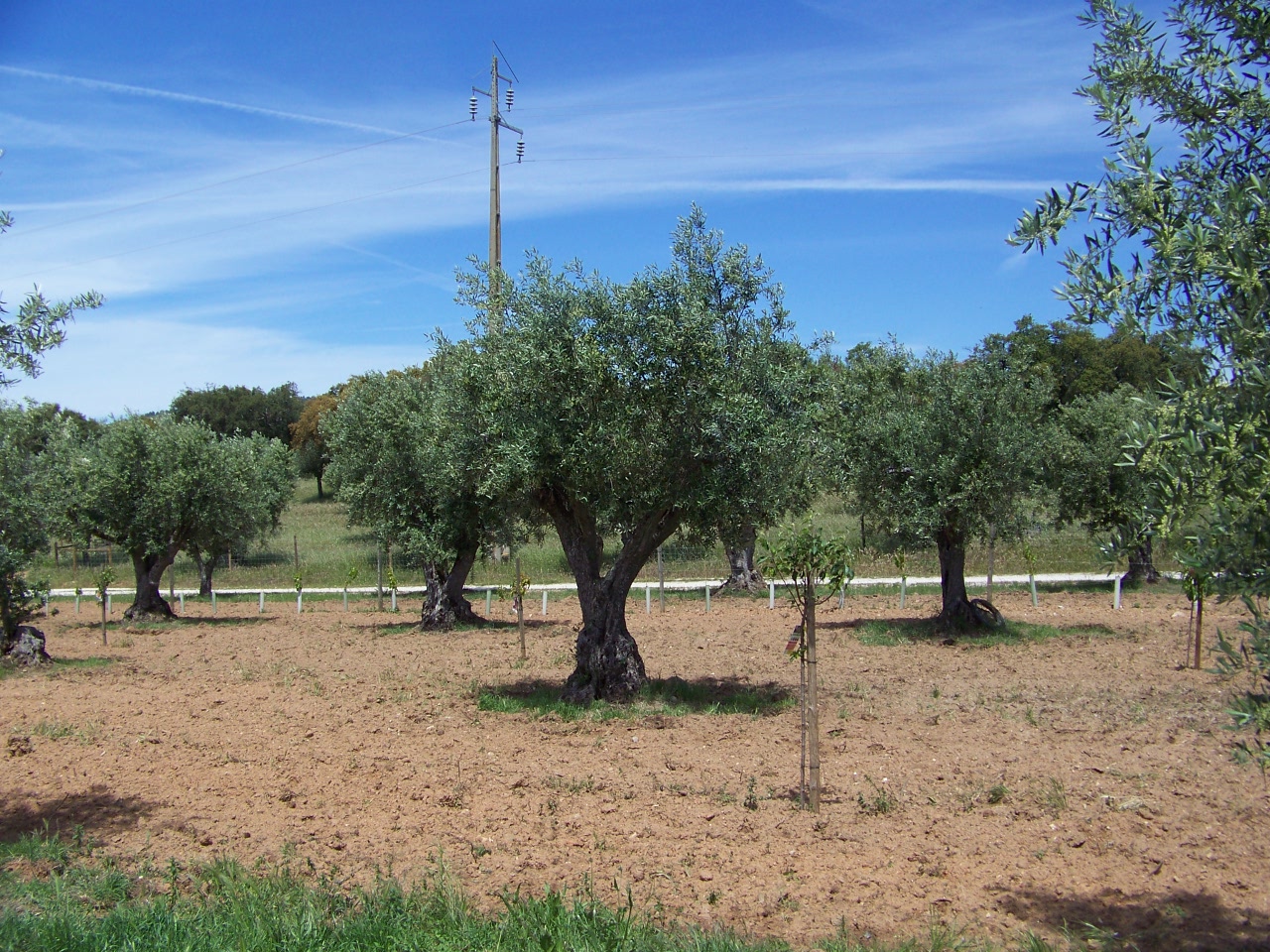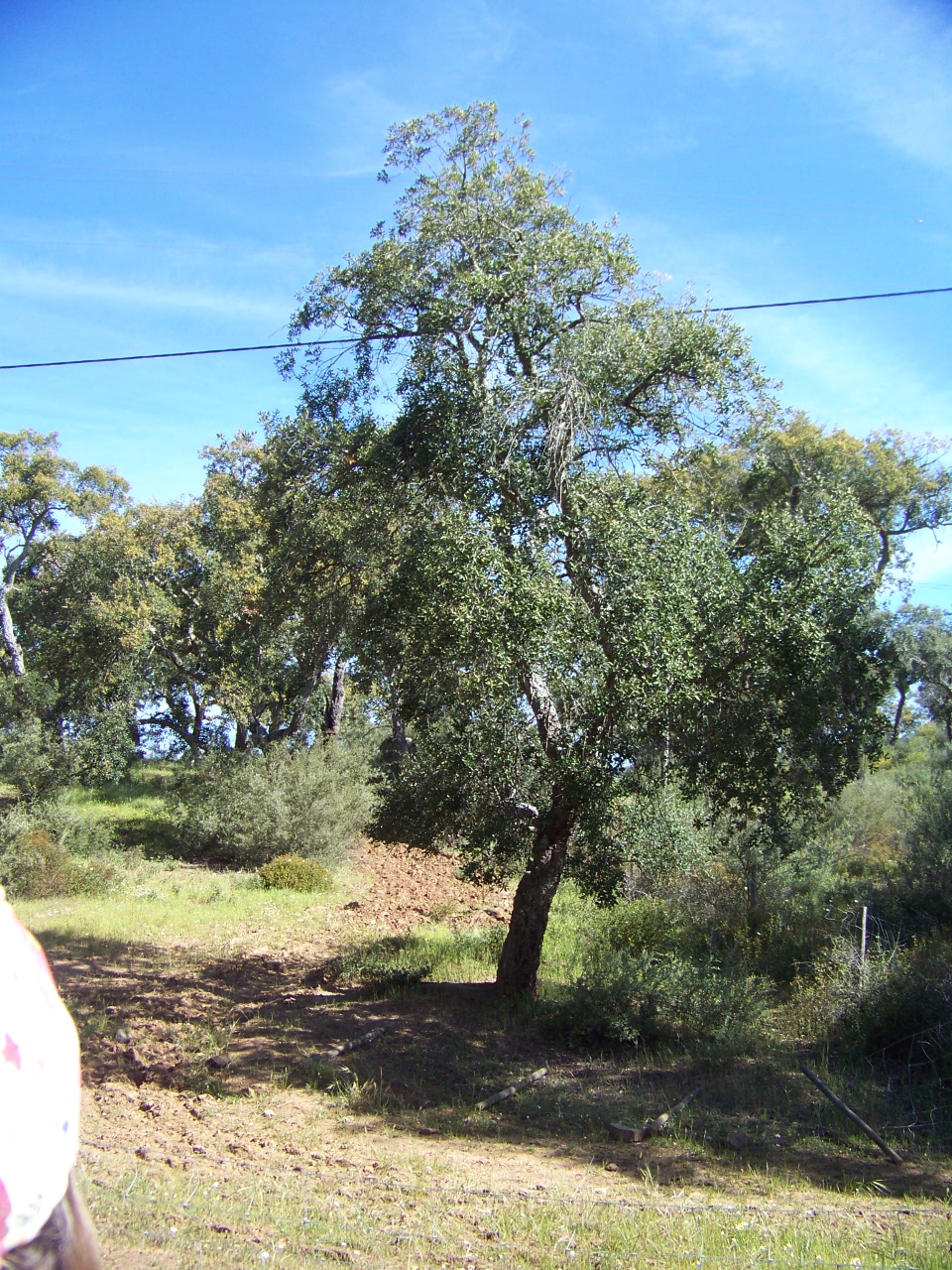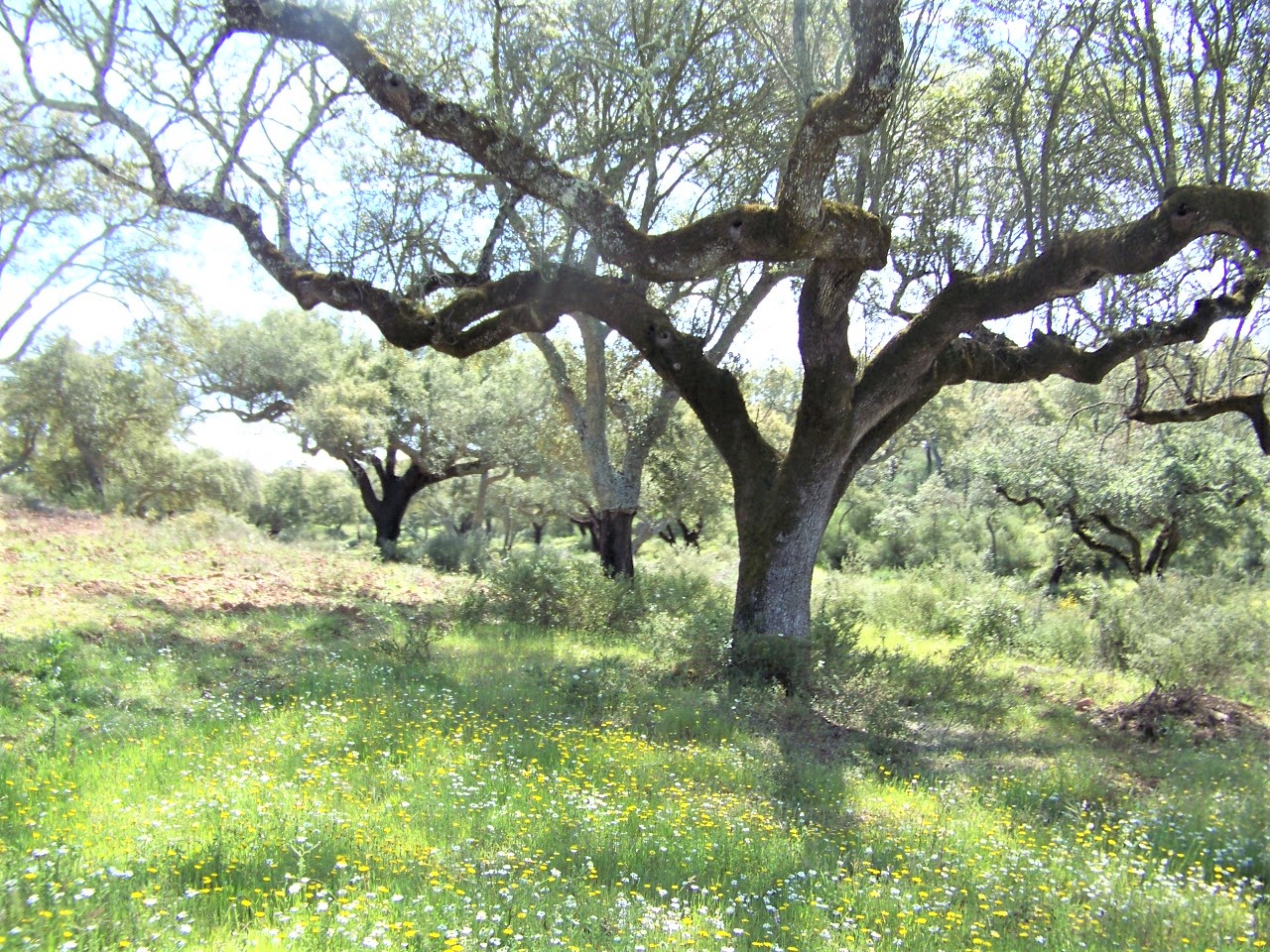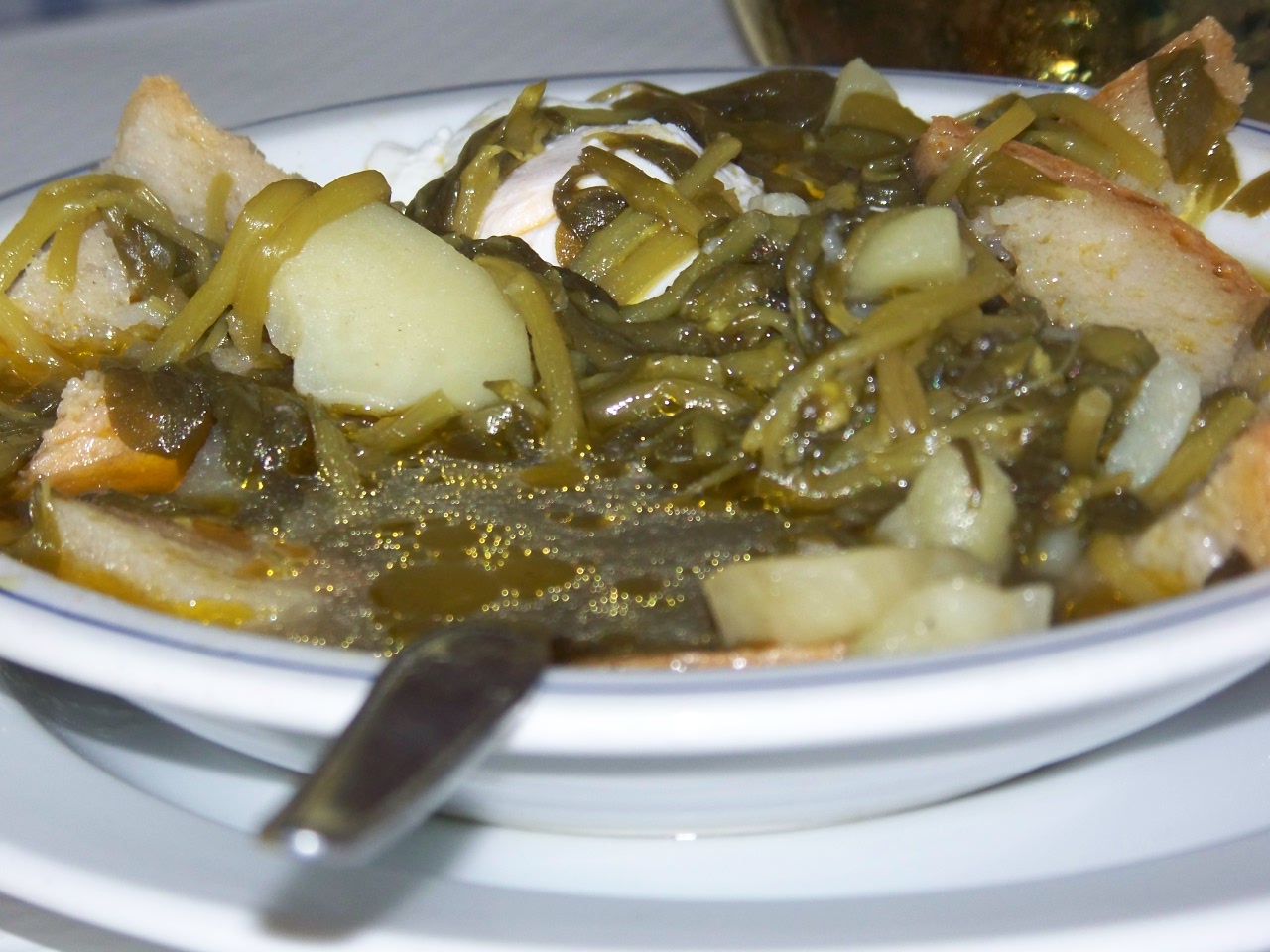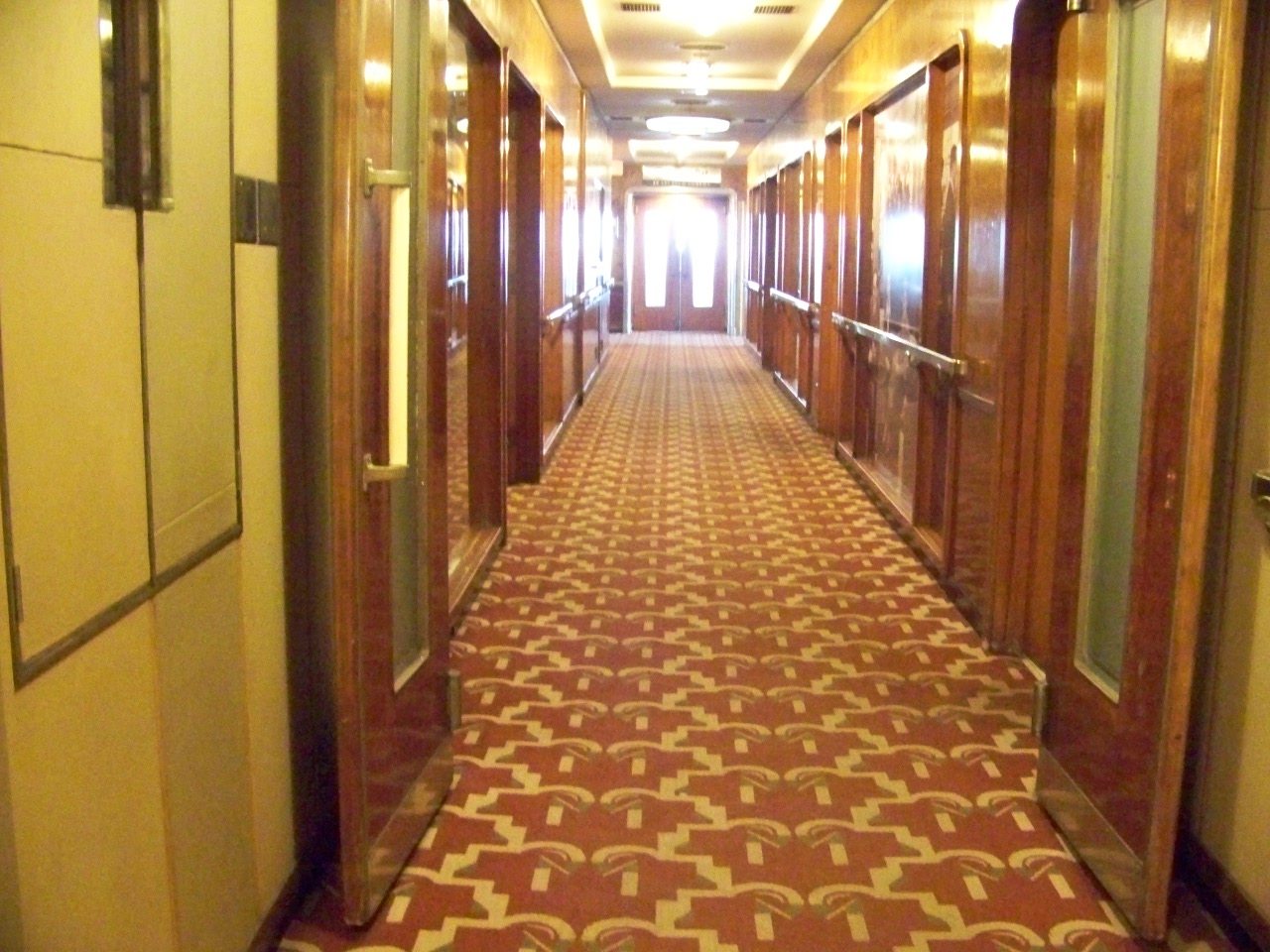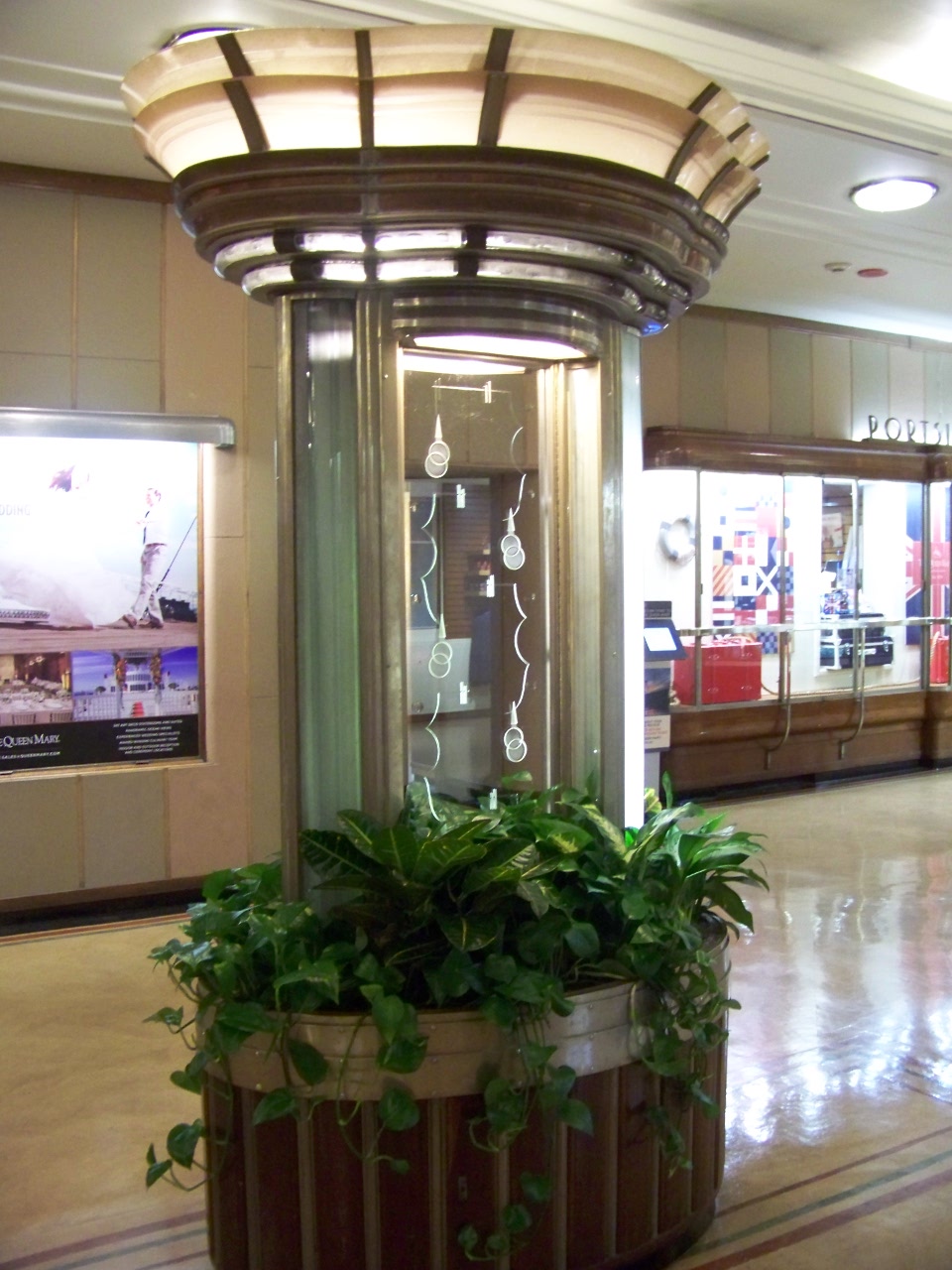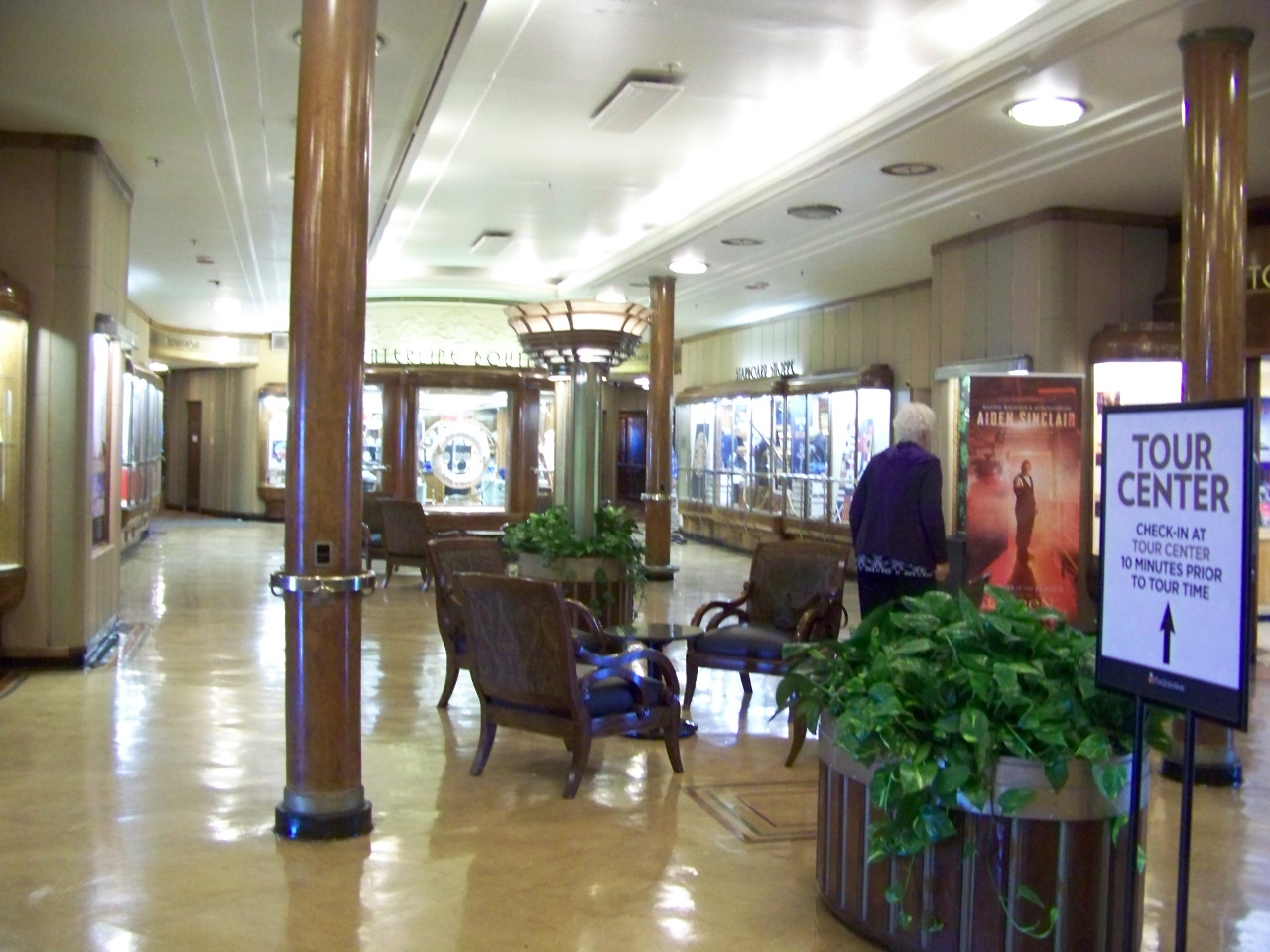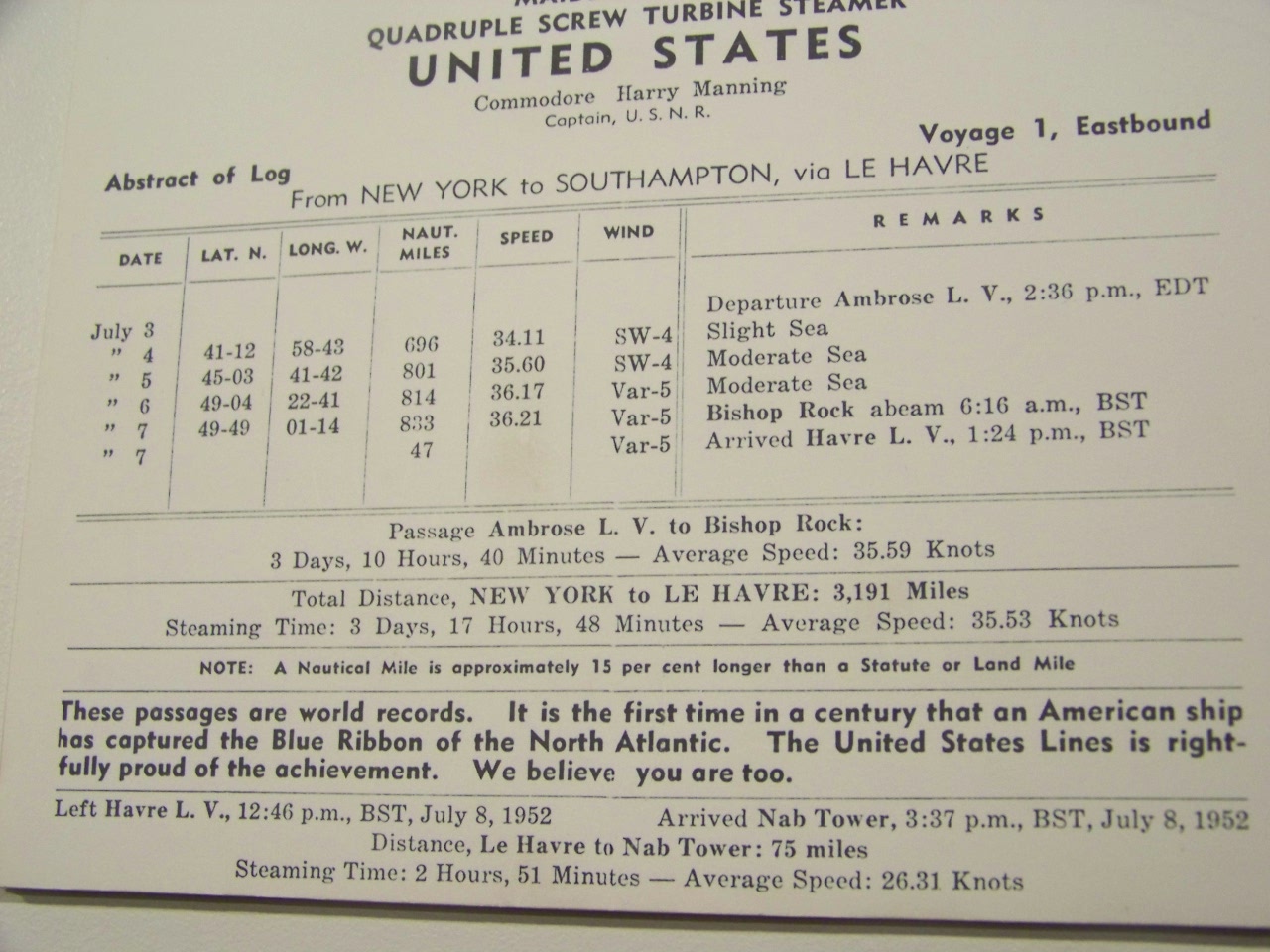There is something infinitely exciting — energizing and dream-worthy — about standing on those spots that have been associated with the ends of the known world, the jumping off places for exploration, or the remote repositories of forgotten knowledge.
There are enough of those sites on our globe to satisfy even the most inveterate traveler; I confess that I harbor a penchant for visiting those spots. I especially like standing by the sea and looking into the distance, imagining what it must have been like to step into a journey beyond the boundaries of existing knowledge.

Finding the faraway
It was with that in mind that our group set off from our rental villa in Albufeira, Portugal, to visit the small town of Sagres. Located at the very tip of the Iberian peninsula, Sagres is a storied gateway to the beyond. Once home to a school run by Prince Henry the Navigator, a lighthouse now operates on a nearby point that is the most southwestern tip of land in all of Europe. In Prince Henry’s day, the navigational guiding light was still far in the future; at the time, there was a Franciscan monastery.
It’s my my kind of place, and I can imagine all the voyages, and voyagers, who have passed by over the centuries. As the waves of the Atlantic far below pound the cliffs, I thought of the dreams those early explorers must have held, and the motivation that propelled them to sail on.




The drive from Sagres to the lighthouse is a short one, and there are throngs of visitors, even on windy days. Enthusiastic, able-bodied adventurers make their way to the bottom of 60-foot cliffs to surf the crashing waves. There is little else to see, except for the crumbling walls of a long-abandoned fortification. Near the lighthouse, souvenir sellers set up temporary booths to hawk key chains, postcards, t-shirts, pottery, bottle stoppers, sweaters, baseball caps and assorted “end of the earth” souvenirs. It’s quite a spectacle.
Cabo Sao Vicente
As the travel brochures attest, the spit of land where the lighthouse sits is wild and windswept, and high above the sea. Views are mesmerizing. Built in 1846 on the lonely promontory, it is said that the light itself can be seen from approximately 50 kilometers out to sea. Today, it is automated, and the beacon still guides commercial tankers, shipping vessels, cruise ships and fishermen arriving from far away, those who travel the coastline of Europe and Africa, and those bound for Gibraltar and the Mediterranean. The former monastery was badly damaged by earthquake in 1755 and never rebuilt.


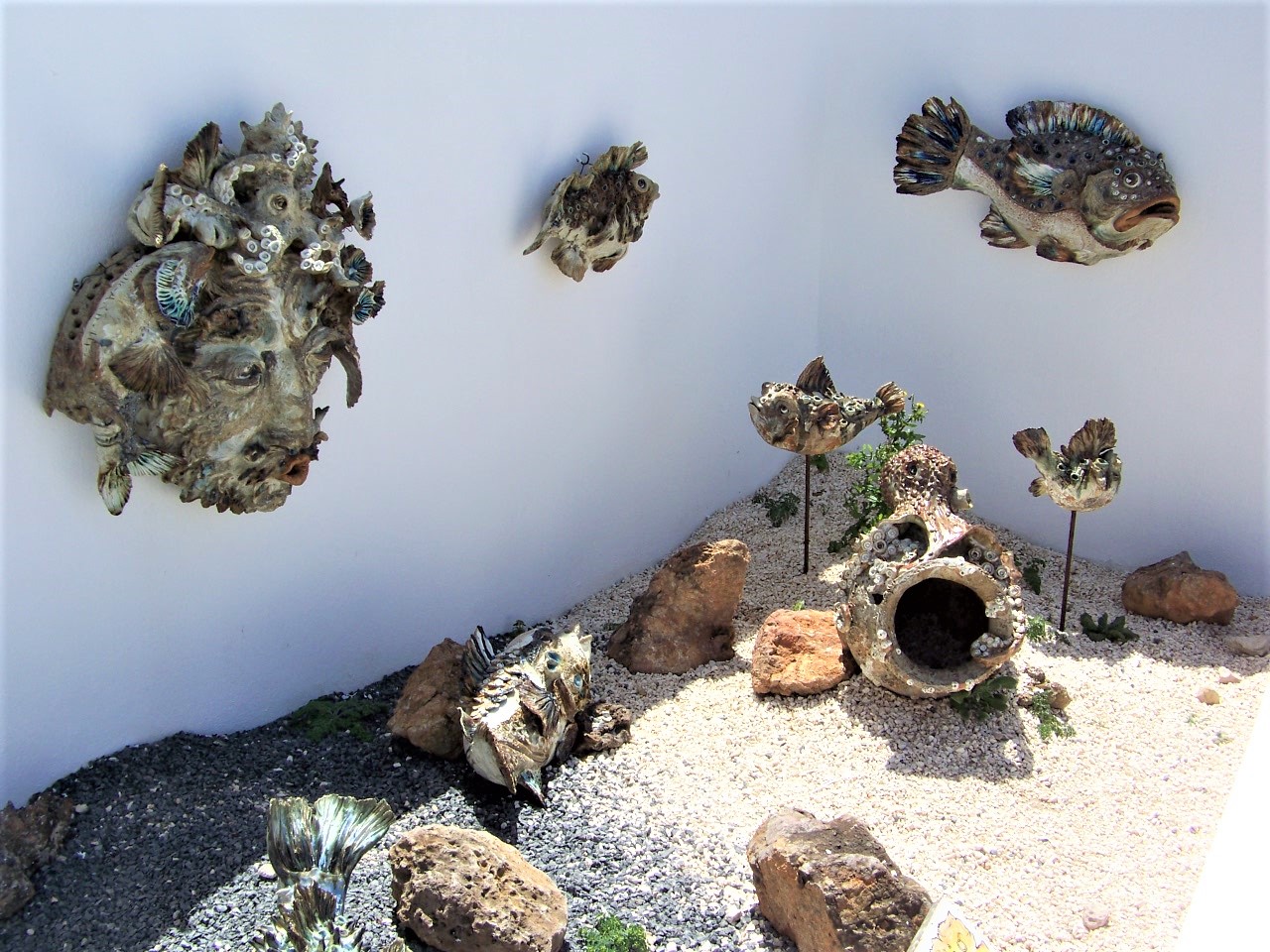
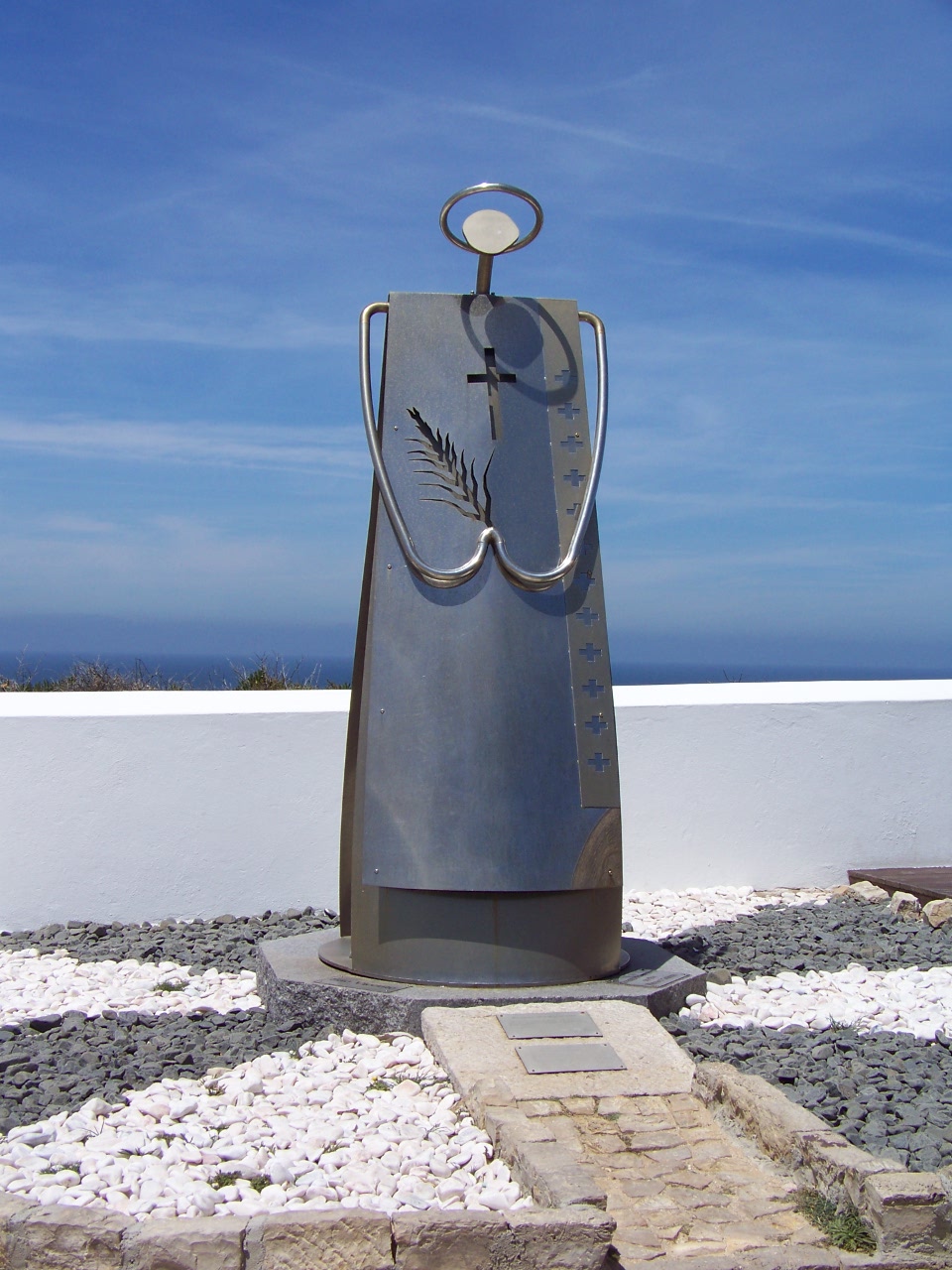



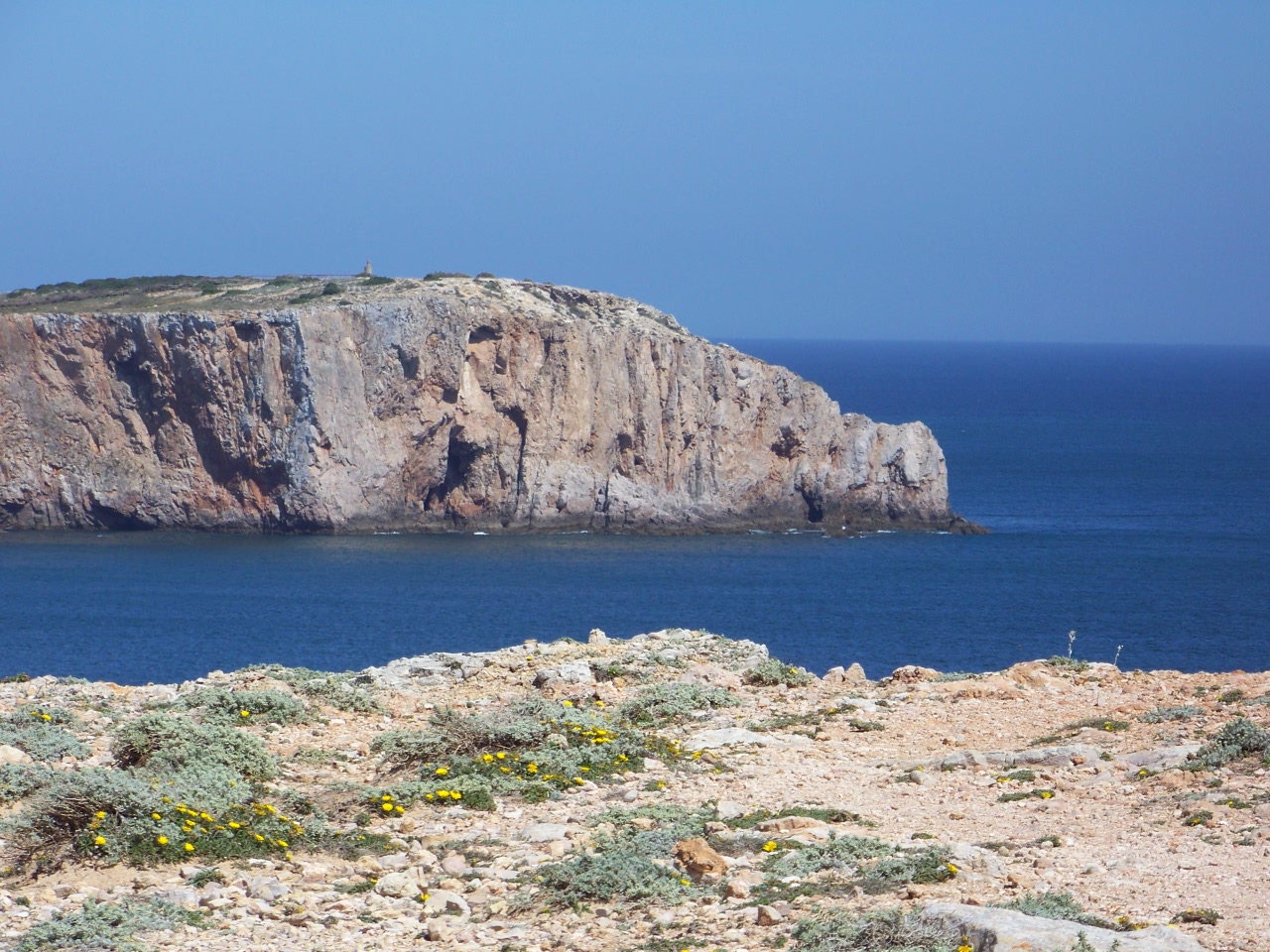


It was chilly and breezy the day we visited, but we gazed in every direction out to sea, before taking our leave. Somehow, it felt as if we had actually arrived at one end of the world!
Back in Sagres at midday, our hunger demanded that we seek out a local eatery. Once again, as always in Portugal, we were in no way disappointed by our choice! ASagres Restaurante offered just the right kind of welcome, with a casual ambience, smiling proprietors, delicious food and a friendly mix of locals and tourists. We sampled local wines, filled up on fresh-caught seafood, and had a wonderful time, perfectly happy to let lunch go on for hours!

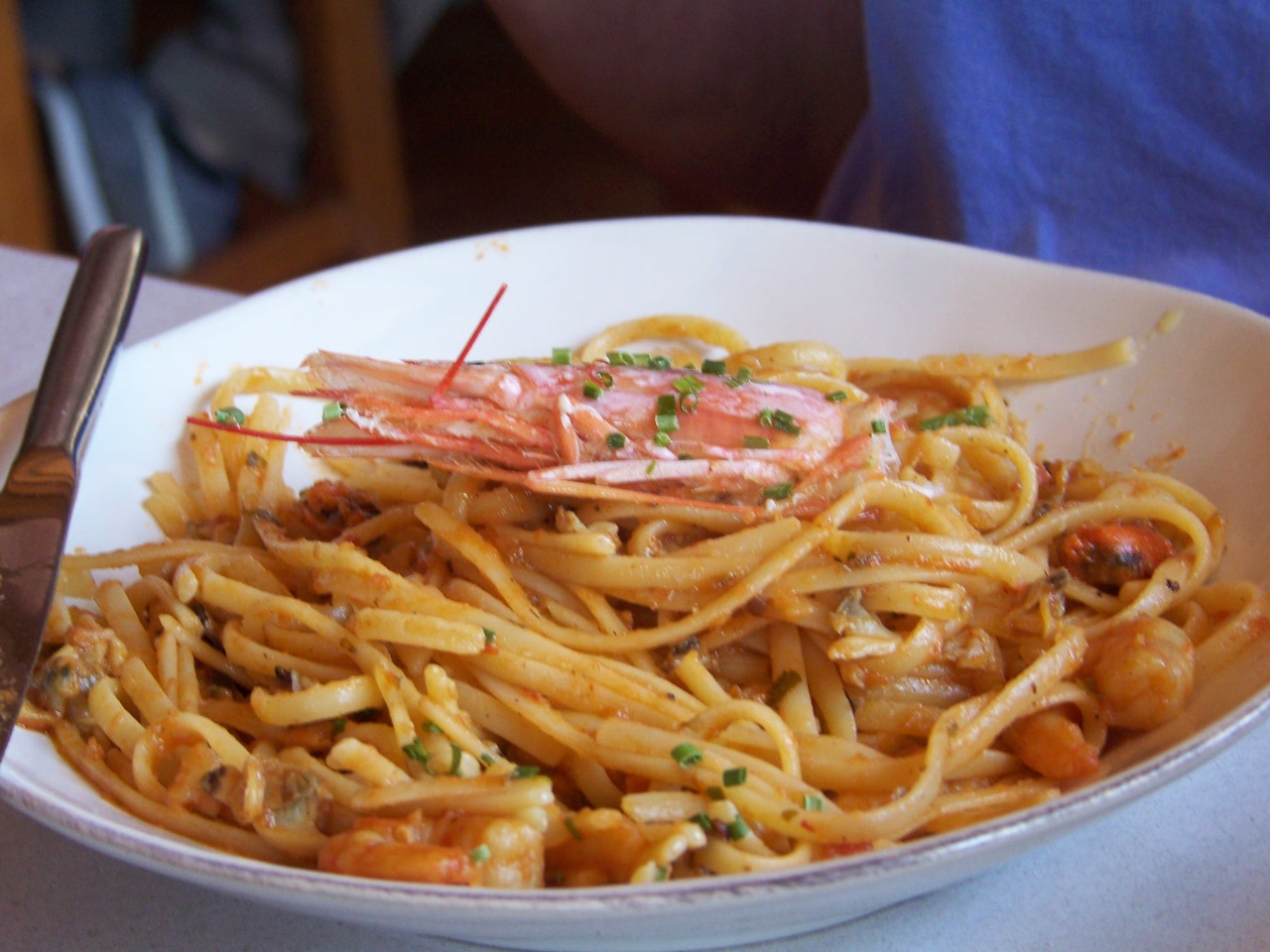

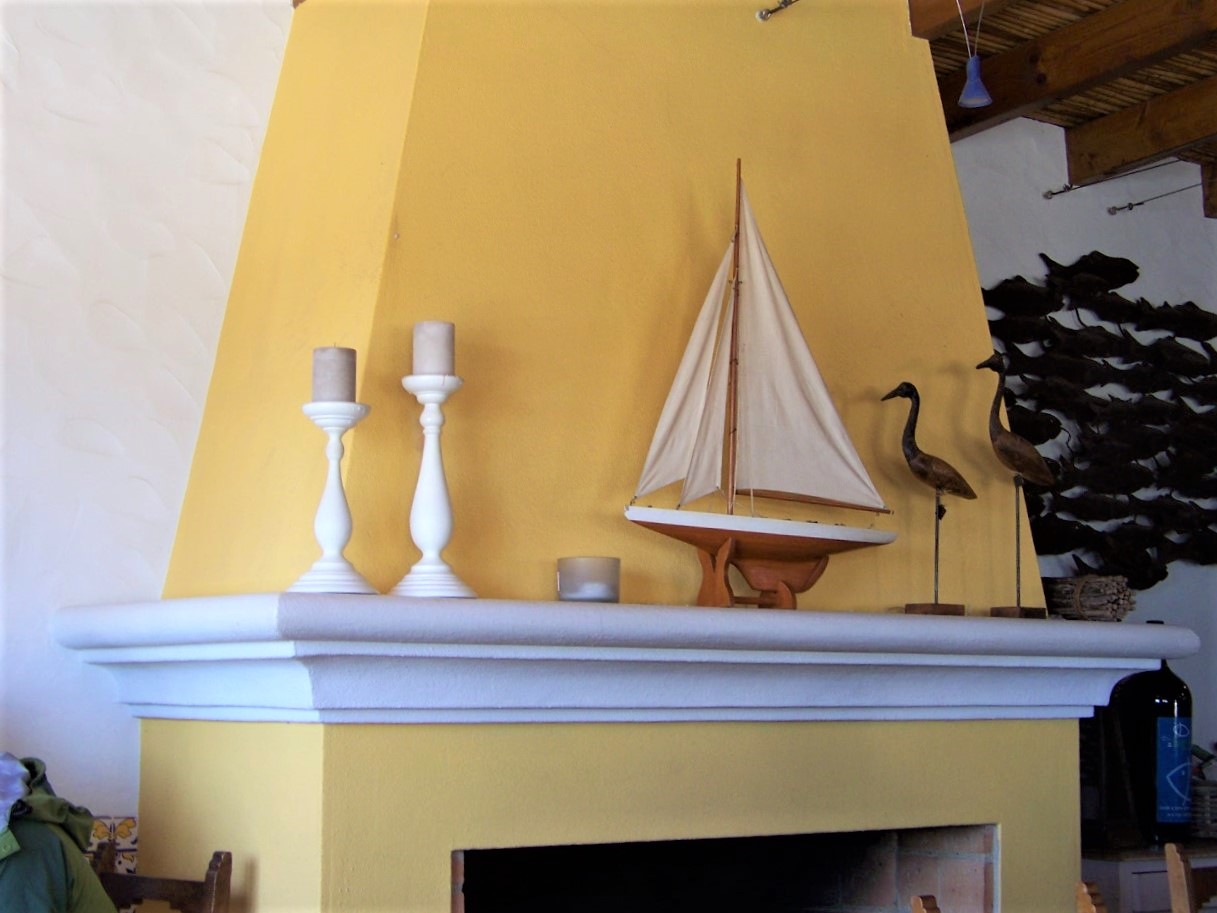
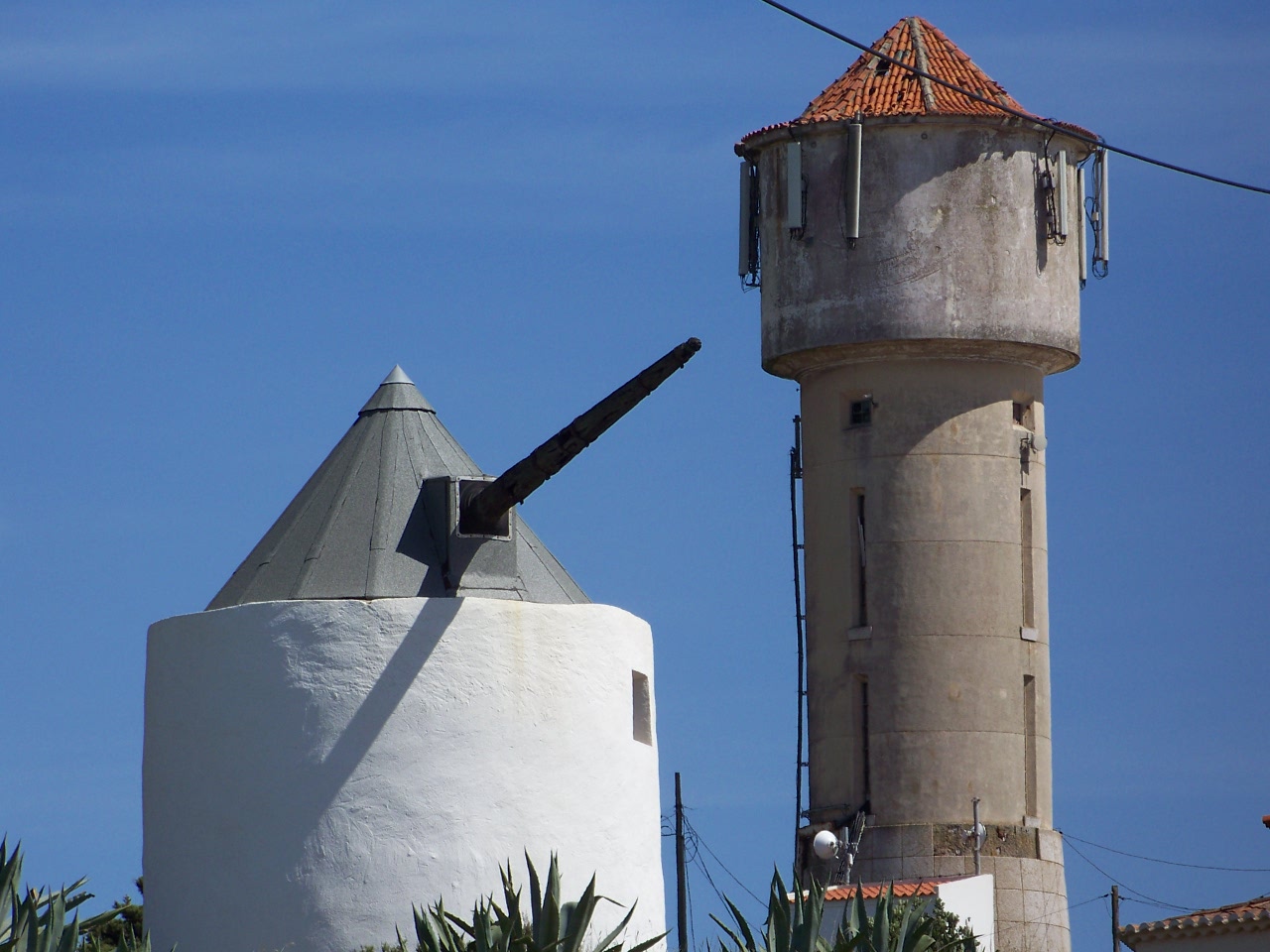
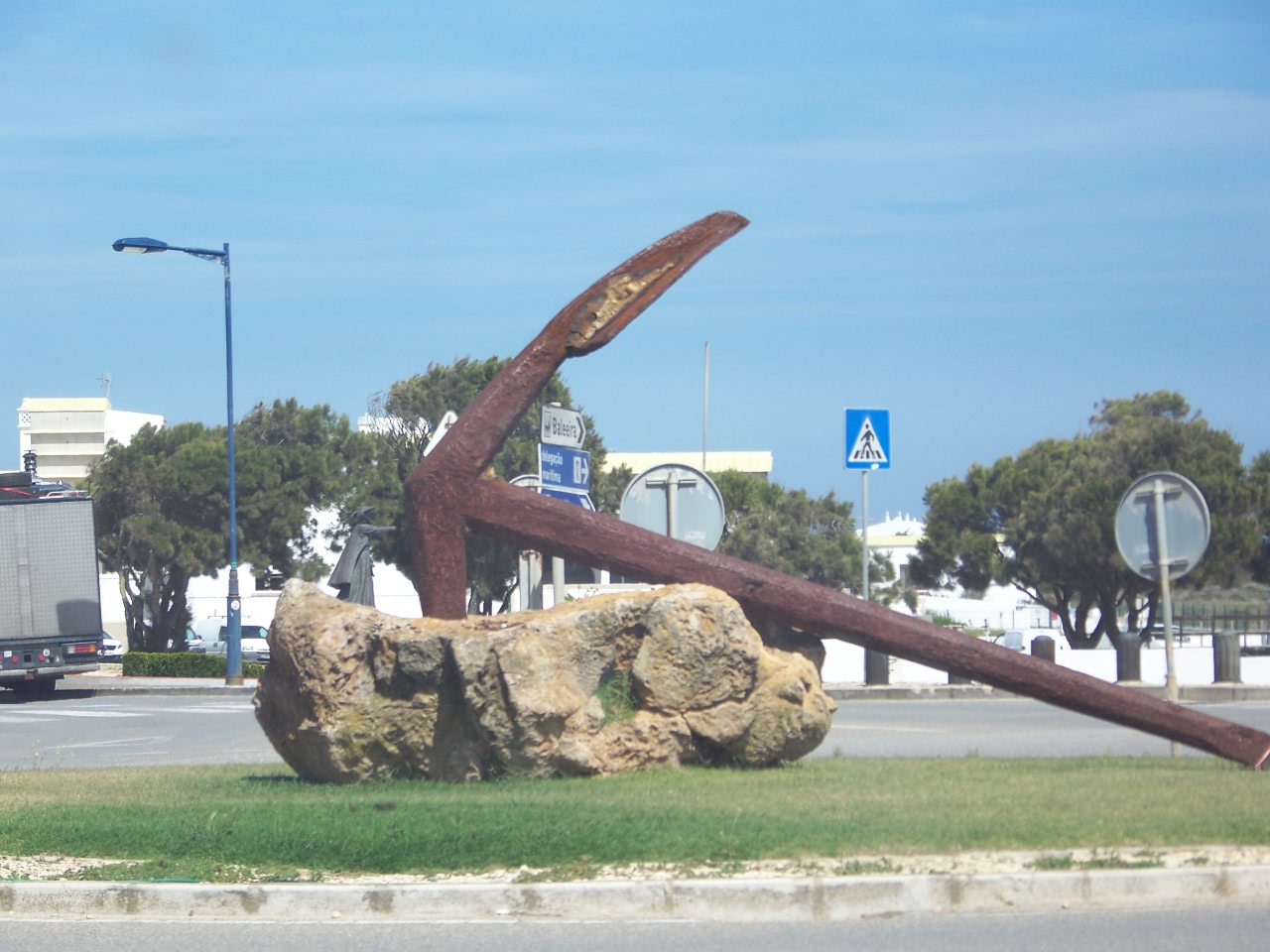
Afterward, we wandered the small town for a bit, before heading back to our temporary home base in Albufeira.
Cabo da Roca
Later in our journey, and further north in Portugal, west of Lisbon, we had another occasion to venture out from Cascais to a different edge-of-the-world location. We went with the intent of visiting Cabo da Roca, the westernmost point of continental Europe. Unfortunately, the day was cool and drizzly. By the time we made our way along the narrow, winding coastal road, the fog was so thick we could barely see 20 feet in front of our vehicle.
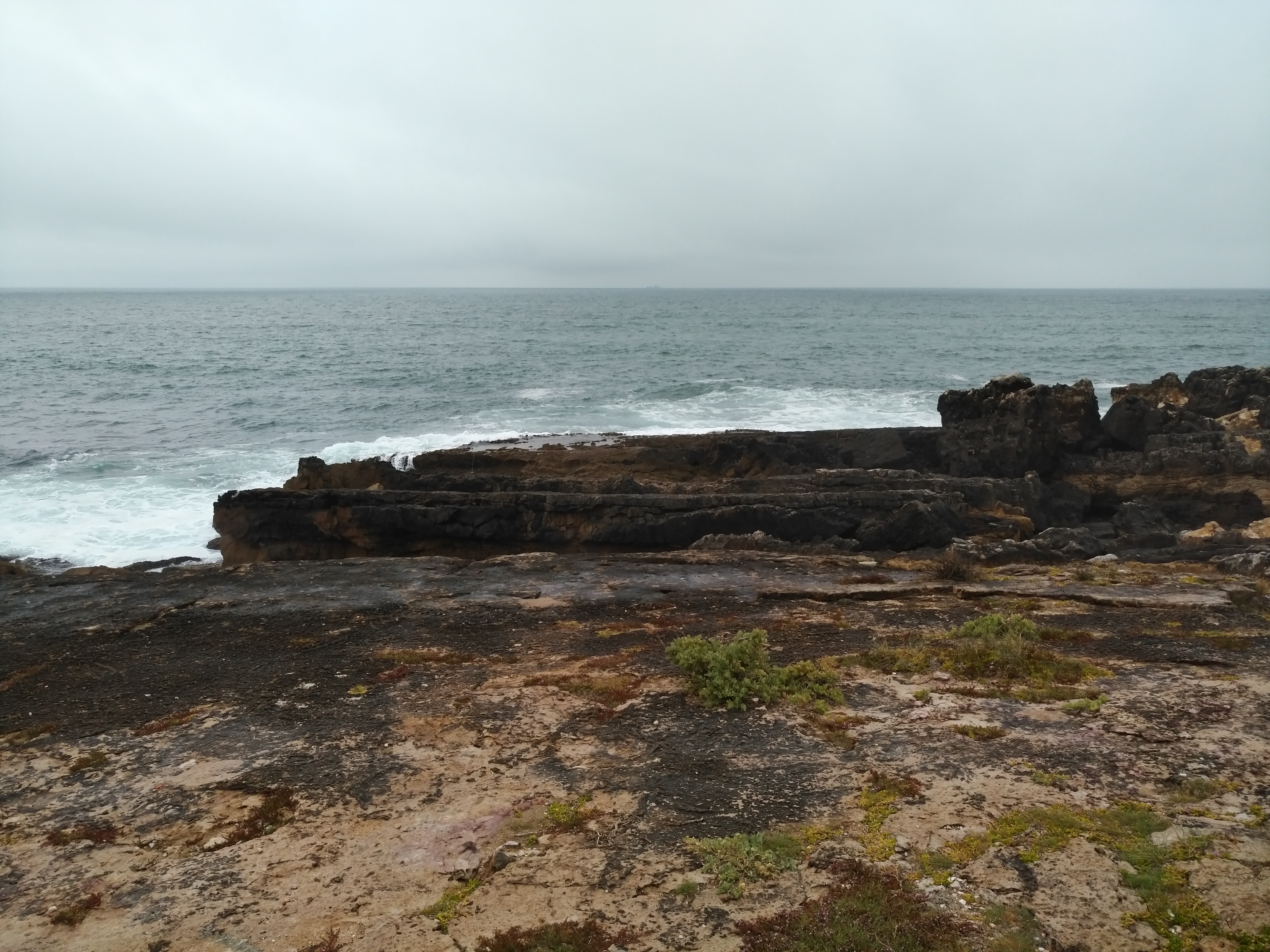







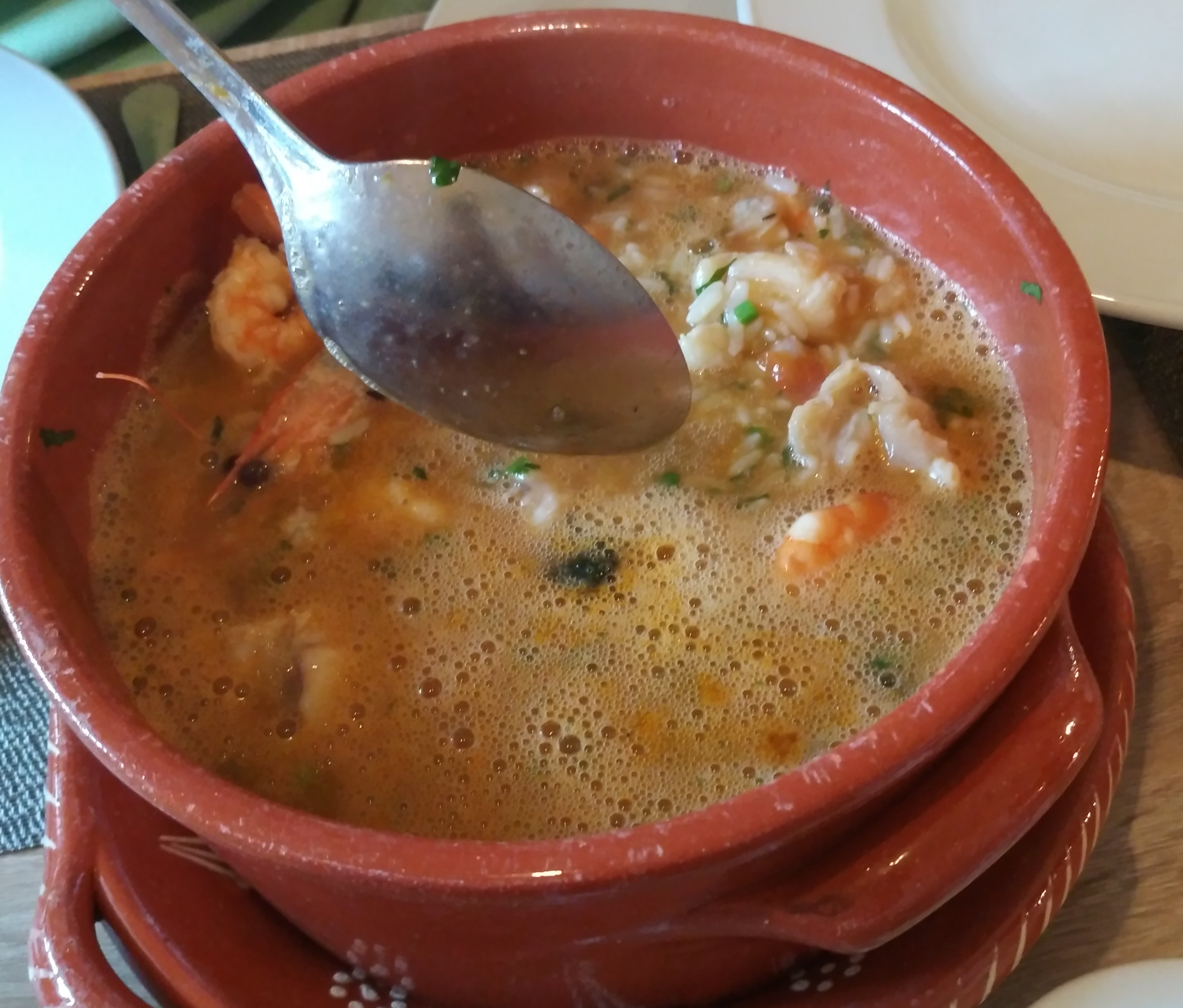


We did see the sign pointing to the lighthouse and the Cape, but because we were unfamiliar with the road, and because we knew the point lay on another high headland above the sea, we decided to forego that particular adventure. Instead, once again, we were drawn to a tempting small cafe situated right on the highway. Again, we made a fortuitous choice. At 3 Gomes Restaurante, we enjoyed a longer-than-planned lunch, warmed by a blazing fire and a roomful of people enjoying good times and good food together.
Often, it’s the unexpected choices that are, by far, the most memorable. I had a chance to sample fresh-caught octopus, and traded bites for samples of the grilled lamb and seafood stew that my traveling companions had ordered. It was actually another perfect day, despite the fog. And it was another time we felt no need for dinner!






